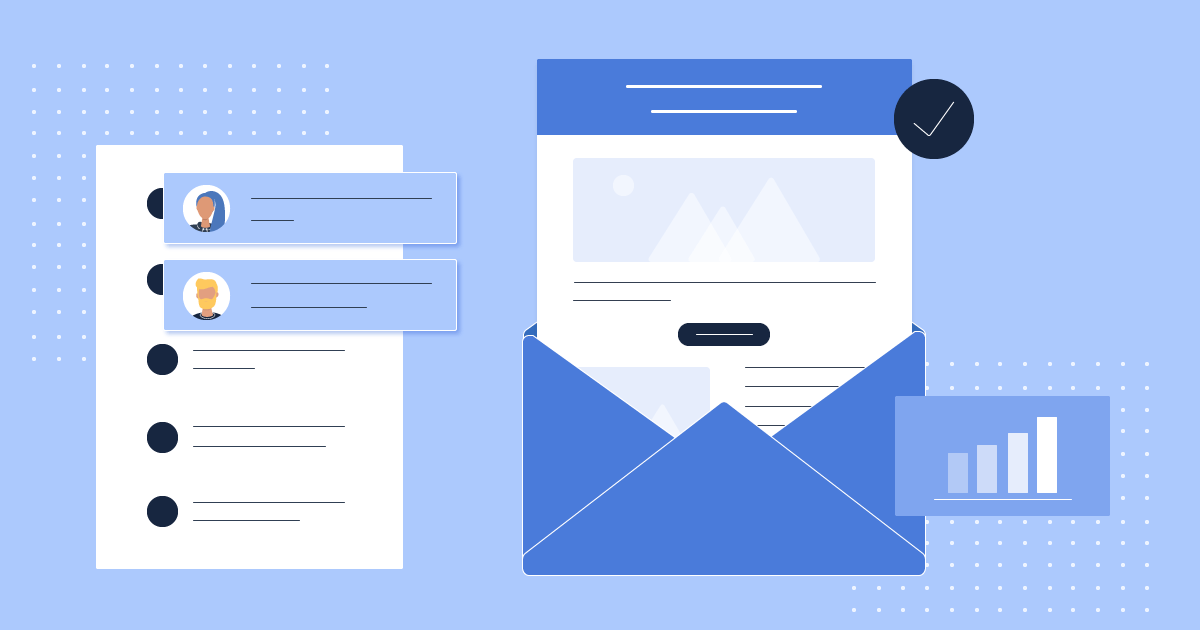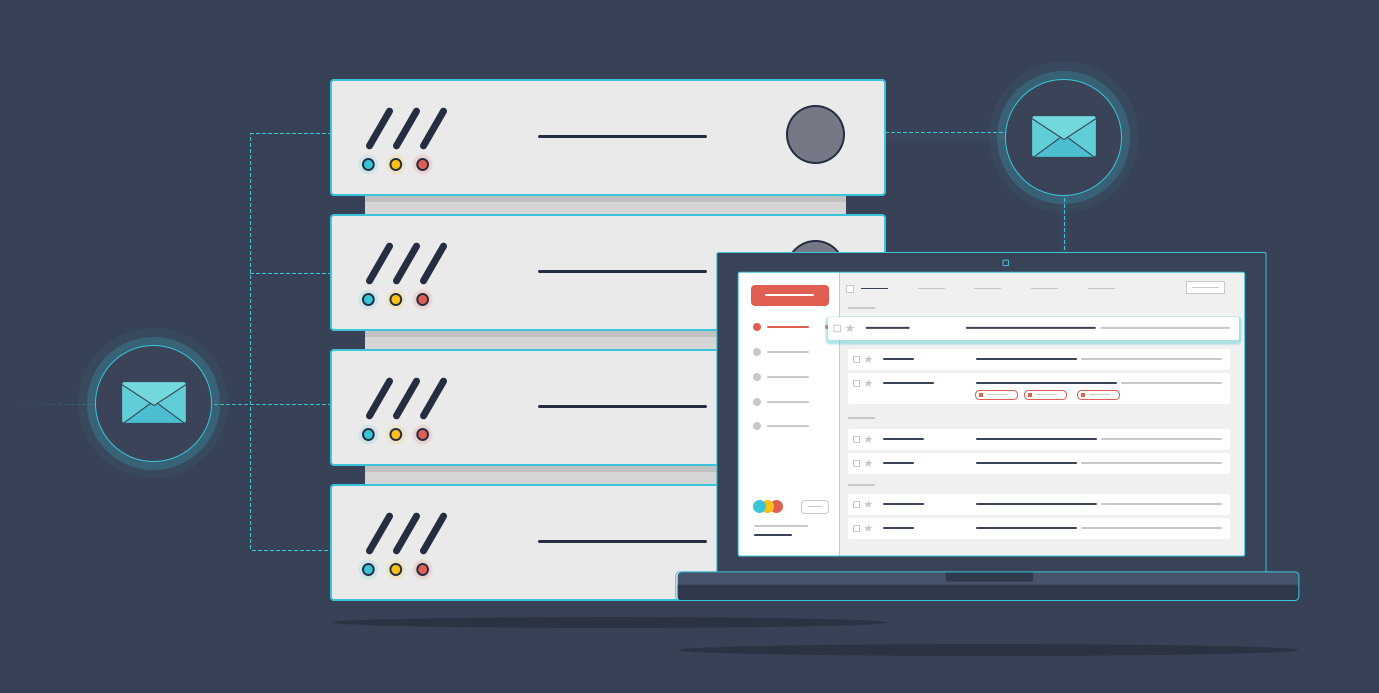
Mailbox Providers Will Change The P=None, Maybe Not This Year But Soon
In today’s digital landscape, email security is paramount.
With cyber threats evolving and phishing attacks becoming increasingly sophisticated, organizations must adopt robust measures to protect their email communications.
One such measure gaining prominence is DMARC (Domain-based Message Authentication, Reporting, and Conformance). Let’s find our more below.
Introduction to DMARC
DMARC is an email authentication protocol that helps organizations prevent email spoofing and phishing attacks by allowing domain owners to specify how email providers should handle messages that fail authentication checks.
By implementing DMARC, organizations can protect their brand reputation, enhance email deliverability, and safeguard recipients from fraudulent emails.
The Rise of DMARC p=none
Many organizations are beginning their DMARC journey by implementing a policy of p=none.
This policy instructs email providers to monitor email authentication results without taking any enforcement actions.
While p=none allows organizations to gain insights into their email ecosystem and identify potential issues, it doesn’t actively prevent fraudulent emails from reaching recipients.
Expectations for Future DMARC Policies
As organizations mature in their DMARC implementation, there is a growing trend towards adopting stricter DMARC policies, such as p=quarantine and p=reject.
These policies require email providers to quarantine or reject messages that fail authentication checks, respectively. By enforcing stricter policies, organizations can significantly reduce the risk of email fraud and phishing attacks.
Challenges with Forwarded Messages and DMARC Failures
One challenge that organizations may encounter is forwarded messages failing DMARC checks. This can occur when messages are forwarded from a domain with a strict DMARC policy to a domain with a less strict policy or no DMARC policy at all.
As a result, legitimate messages may be flagged as suspicious or blocked, leading to delivery issues and potential disruption of communication.
Impact on Deliverability and Security
Forwarded messages failing DMARC checks can have significant implications for both email deliverability and security.
On one hand, it increases the risk of email fraud and phishing attacks, as malicious actors may exploit loopholes in the forwarding process to bypass authentication checks.
On the other hand, it can lead to legitimate messages being misclassified or blocked, resulting in communication breakdowns and loss of trust.
Possible Solutions & Best Practices
To mitigate the impact of forwarded messages failing DMARC checks, organizations can take several proactive steps.
This includes:
- implementing DMARC alignment to ensure that forwarded messages retain their authentication status
- educating users about the risks of forwarding messages from untrusted sources
- encouraging the adoption of stricter DMARC policies across the email ecosystem
The Takeaway
DMARC represents a critical step towards enhancing email security and deliverability.
While organizations may initially adopt a policy of p=none to gain insights into their email ecosystem, the eventual transition to stricter policies like p=quarantine and p=reject is inevitable.
At some point, Gmail and Yahoo, and most probably other MPBs, will force senders and brands to take proactive steps and change their DMARC policy. No one knows when this will happen, but my theory is that we will see those changes within the next two years, which is a good thing if we want to improve the email ecosystem.
By addressing challenges such as forwarded messages failing DMARC checks and implementing best practices, organizations can effectively safeguard their email communications and protect against emerging threats in the digital landscape.
To ensure your DMARC has been set up correctly, you can use Moosend’s DMARC domain checker.





